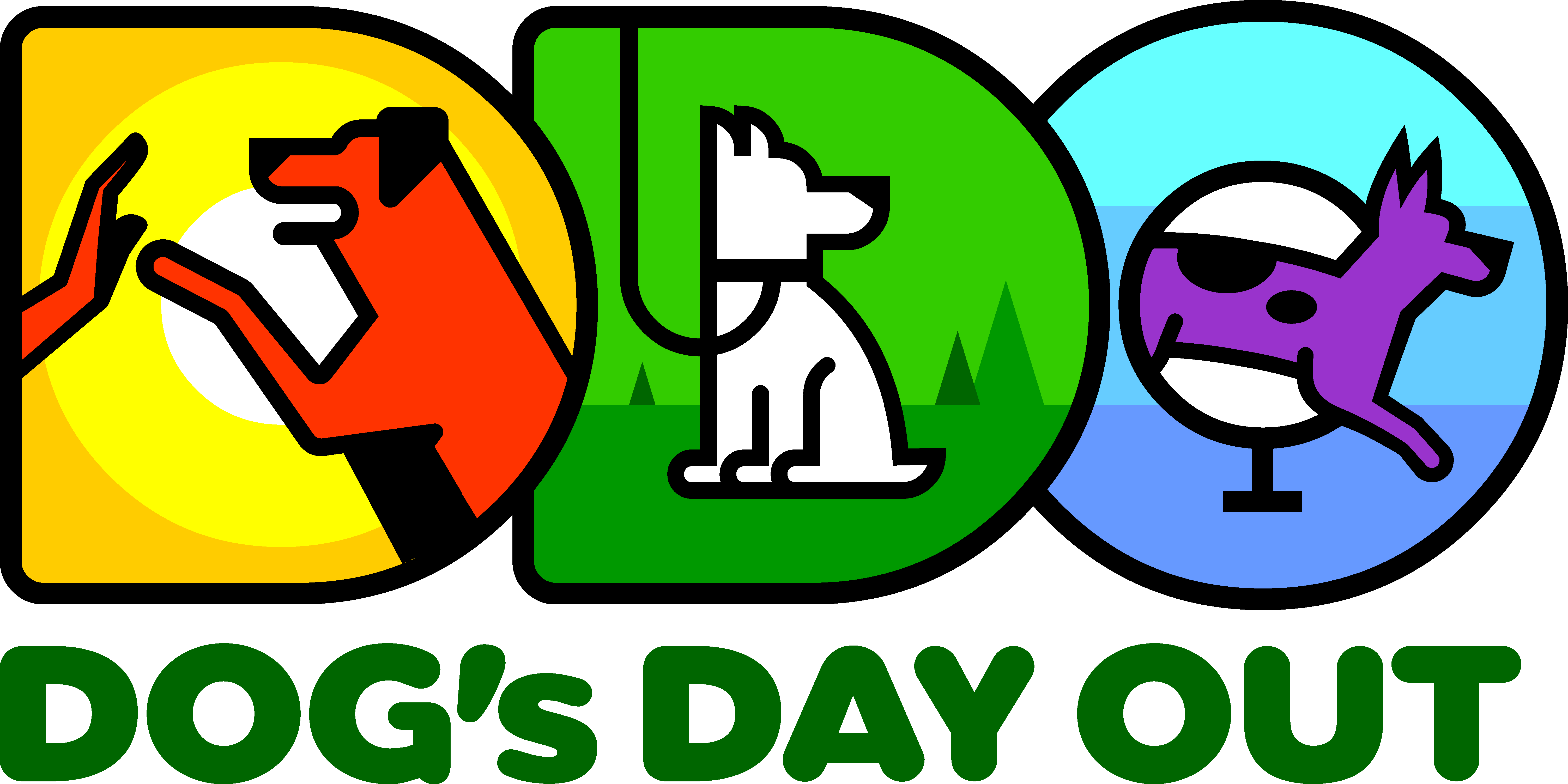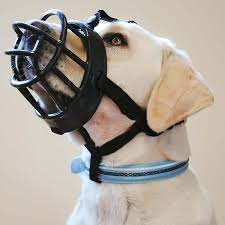A muzzle can be a fantastic tool to use in a variety of situations but it is (very, very!) important that the dog has a positive association with the muzzle. We do NOT want to slap a muzzle on a dog and put him in a situation in which he is uncomfortable. We actually want the dog to really LIKE it when the muzzle appears (and goes on his face)! Often, after a dog bites (a dog or human) he is then restricted and isolated. A muzzle can free that dog to be able to experience the world with many more activities that would not be safe for him to participate in without the muzzle. Sometimes a dog has no bite history but just likes to eat dangerous/disgusting objects on the ground and in order for that dog to be able to participate in fun, off-leash hikes, a muzzle may be needed. To get your dog comfortable in a muzzle follow these steps:
SUPPLIES NEEDED:
- Basket muzzle such as a Baskerville, Trust-Your-Dog or Bumas.
- High value treats, both squeezable and small pieces. To begin, you will need small pieces (hot dogs, chicken, cheese, liver, steak). Once the muzzle is on the dog, you will need treats that can be squeezed through the sides of the muzzle. Options include using a food tube filled with peanut butter, liverwurst, baby food, wet food, cream cheese or cheese in a can – yum! Also, hot dogs or string cheese cut into sticks or using a pretzel or jerky treat that can be dipped in peanut butter or other soft food and delivered through the muzzle.
- Your patience! We must work at the pace of the dog so that we create a positive association for the dog with the muzzle. We want the dog to be happy when he sees the muzzle so great things happen when the muzzle appears! Initially, short (2-5 minute), fun sessions are best.
STEPS FOR MUZZLE TRAINING:
- Show the dog the muzzle and give him a treat whenever he looks at it. Do this 2-5 times. Gradually move closer to the dog until the muzzle is within touching distance.
- If the dog knows a targeting cue (“touch”) have him target the muzzle and treat. If you use a clicker or a verbal marker (“yes”), mark and treat for targeting the muzzle. If he does not know a target cue, go directly to step 3.
- Wipe some wet food, peanut butter or soft cheese around the inside edge of the muzzle. As the dog approaches, let him lick the muzzle. When he will comfortably approach the muzzle and touch it, go to next step.
- Place high-value treats in the muzzle and allow the dog to eat the treats from the muzzle by choice. Do not force the muzzle on to the dog. Pull (gently) the muzzle from the dog’s nose before the dog pulls his nose away.
- Gradually let the dog to keep his nose in the muzzle for longer periods of time and treat continuously when the muzzle is on.
- While the dog is comfortably eating treats from the muzzle, begin pull the straps over the dog’s head and attempt to touch the straps together. If using a marker: Click or “yes” and treat.
- Allow the dog to place his nose in the muzzle, then clip the muzzle on. Make sure the muzzle is snug enough that he can’t pull it off, but not too tight. Give him treats quickly and constantly for the entire time the muzzle is on. Keep the session short: 5 seconds, 10 seconds, 20 seconds….
- With the muzzle on, start doing some simple cues the dog already knows and treat through the muzzle. If the dog is not able to do known cues or his body language changes (stiffens, paws at muzzle) then go back to previous step where he is still relaxed and happy to have the muzzle on.
- Take the dog for a short walk while he’s wearing the muzzle and reward frequently. If he starts to paw at the muzzle, keep him moving and reward more often.
- Put the muzzle on the dog whenever you take him for a walk. The dog should look forward to being muzzled at this point, because it predicts a walk. Continue to give the dog treats frequently during the walks.
- If you plan to have the dog wear the muzzle for grooming or medical appointments, make several visits to the vet’s office or groomer before the actual appointments. During these “trial runs,” put the muzzle on the dog and give him lots of treats. During the actual appointments, do the same. Make sure the dog wears the muzzle for walks, or other enjoyable activities. We do not want to only associate the muzzle with things the dog does not find pleasurable.
- You can find several videos on teaching your dog to wear a muzzle on our Fear Free and Low Stress Handling Pinterest Board . There is also a ton fantastic information on using a muzzle and muzzle training on The Muzzle Up Project website.

